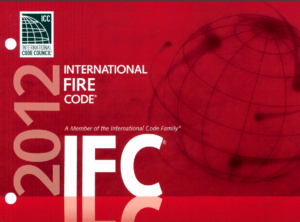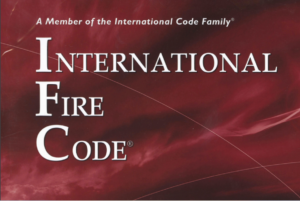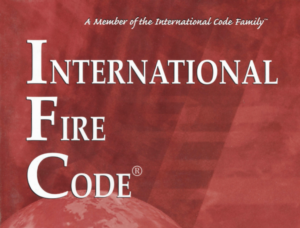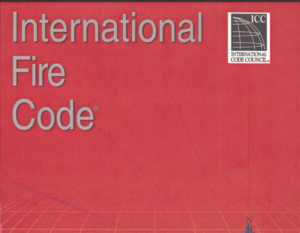The National Building Code of India, 2016, Part 4 focuses on fire and life safety, detailing measures necessary to ensure safety from fire and smoke within buildings. It outlines the classification of buildings based on occupancy, specifies construction requirements for different fire zones, and establishes guidelines for the materials and structural elements to enhance fire resistance.
This part of the code mandates the demarcation of fire zones and imposes construction restrictions within these zones to minimize fire hazards. It categorizes buildings based on their use—such as residential, educational, or industrial—and specifies the types of construction that can effectively resist fire, thereby safeguarding the occupants and property.
Fire safety measures include the installation of both portable and fixed firefighting equipment, design strategies for fire protection, and detailed requirements for means of egress, such as exits and escape routes, ensuring they are accessible and adequately designed to handle the number of occupants.
The code emphasizes the importance of considering the fire behavior characteristics of materials and the building’s structural components. It also takes into account the activities conducted by the occupants to assess and mitigate fire hazards. Advanced fire protection techniques are recommended, involving an engineering design approach tailored to each building’s specifics.
For buildings with complex designs, it is advised that trained fire protection engineers be involved early in the planning stages to integrate adequate fire and life safety measures. The code recognizes that absolute safety from fire is unachievable but aims to provide a reasonable level of safety without imposing undue hardship or compromising the building’s usability.
Additionally, the code has provisions for updating fire resistance ratings and methodologies based on the latest developments in fire resistance technology. It also addresses the phase-out of materials like halons due to their ozone-depleting potential, promoting alternatives that are environmentally friendly yet effective in fire suppression.
Overall, the National Building Code, Part 4, is a comprehensive framework that not only focuses on reactive measures to combat fires but also proactive strategies to prevent fires and ensure quick and safe evacuation in emergencies. This holistic approach to building safety from fire and smoke is crucial for minimizing risk to life and property.






